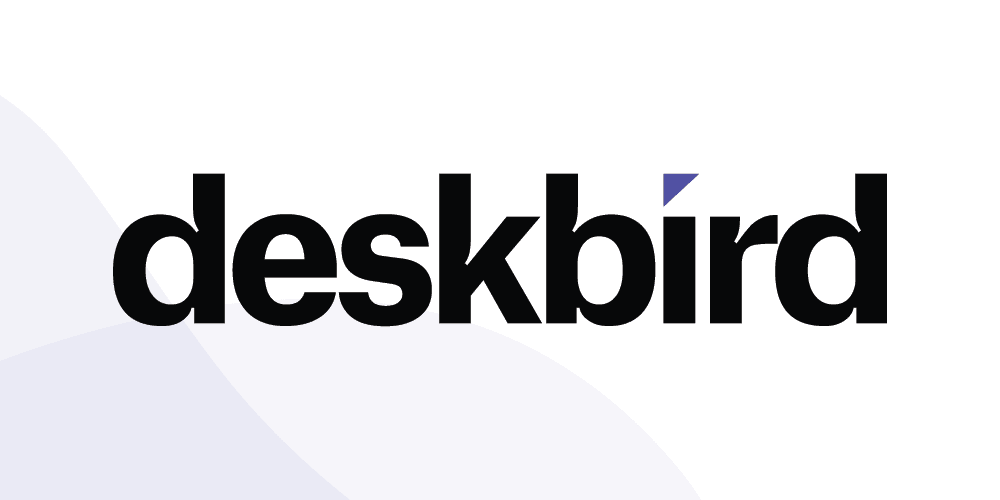So, how to set up hybrid work post-Covid?

At the beginning of the COVID-19 pandemic, governments obliged companies to implement regular remote work to ensure the safety of their employees. Unfortunately, because of the lack of time and skills on this subject, hybrid work was often set up in a rather unstructured and chaotic way.
Today, as working from home has become a norm, many Human Resources Managers are trying to find a way to successfully implement hybrid work more sustainably.
We have prepared four simple pieces of advice for HRs and hybrid team managers to take into account when implementing hybrid work post-Covid.
Adapt hybrid work mode to your company’s culture
“Talking with our clients, I realized that there is a strong correlation between one’s corporate culture and the hybrid work model they choose,” shared Louis de Veron, CEO of Hubtobee.
“Indeed, clients that support the idea of freedom-form organization and personal empowerment transition to remote working more easily and oftentimes have very personalized WFH rules for each employee.”
“Similarly, companies that put the employee well-being at the core of their businesses promote more frequent remote days alongside the flexibility to determine them individually”, adds Louis.
“Finally, enterprises with a very collaborative culture and a strong team spirit try to optimize the presence of employees in the office to maximize social ties. They frequently choose collaborative hybrid work tools with WFH schedules shared between teammates.”
Before implementing long-term hybrid work, analyze whether such work mode corresponds to your company’s culture.
Select two or three of the most important corporate values. Then consider hybrid working arrangements that can help support and endorse them.
As the result, you will get a hybrid work model that corresponds perfectly to the expectations of your teams as well as the vision of your company.
Give a clear and fixed framework to hybrid work
Remote work imposed in the event of force majeure, such as the global health crisis, has little to do with work hybridization in ordinary times.
In France, implementing a hybrid working model post-COVID requires a conclusion of a remote work policy between a collective and their employer.
The legal WFH framework must specify the following elements:
- conditions of transition to hybrid work and those of the return to the employment contract without the option of working remotely;
- methods of accepting rules relating to hybrid work by employees ;
- process for controlling working time and workload on remote days (including the time slots during which it is possible to contact an employee);
- specific conditions of access to a work organization in hybrid mode for disabled employees and pregnant women.
Concluding a WFH policy isn’t enough, though.
It is essential to continue to clearly communicate both common and individual WFH rules regularly, especially during the first year of hybrid work implementation.
Consider highlighting the list of activities or positions eligible for hybrid work and the chosen pace of remote work (maximum number of days per week, month, or year of work from home authorized).
Finally, working remotely does not necessarily equal working from home. This is why do not hesitate to specify to your employees the possibility of working from third places, such as coworking spaces.

Use innovative solutions to track hybrid work adoption
Data is one thing that HRs really lack today to set up a perfect hybrid work mode.
Indeed, work-from-home and related employee experience were not monitored well during the years of the global pandemic.
Companies often have not had the slightest idea of how to ensure the proper execution of WFH rules or collect data on employee presence on-site.
Today, some connected digital solutions specializing in hybrid work management are able to retrieve anonymized data on:
- days that employees are present on site;
- days of the week most chosen for remote work;
- frequency of encounters between team members;
- office occupancy rates;
- demographic breakdown of remote workers, etc.
This type of data is extremely helpful to define the most effective hybrid work model, ensuring the legal framework for remote work and an equitable work environment, cultivating collective intelligence, and saving money.
Rely on regular feedback to improve your hybrid organization
HR should put employees at the heart of the hybrid work project for it to be a success.
Above all, it is the employees who will benefit the most from this transition. So their opinion is crucial when transitioning to hybrid working.
In addition, the hybrid work mode should not become a constant. It’s not enough to define a remote work policy once and never revisit it again.
The job market and talent requirements are constantly progressing, so you need to update your hybrid model regularly.
We advise you to encourage employees working from home to give their feedback.
The easiest way to do this is to ask questions regarding work-from-home during the annual interview or even to organize specific interviews dedicate to remote work only.
You may also consider sending out anonymous surveys to the team every month or organizing informal events to collect feedback.
Among the questions to ask:
- level of job satisfaction, motivation, and sense of belonging;
- level of stress or frustration and their main causes;
- if there are any difficulties related to hybrid work. If so, which ones and how can the company help to minimize them;
- reasons for preferring working from home to working in the office;
- level of adoption and sufficiency of the digital tools available to hybrid employees;
- suggestions for corrective measures to be taken to the existing work model.
Analyzing responses and their change over time can help you stay connected with your employees as well as improve their remote working experience, strengthening talent engagement and retention.
To facilitate the implementation of hybrid work, adopt digital tools. Feel free to request a demo now.




